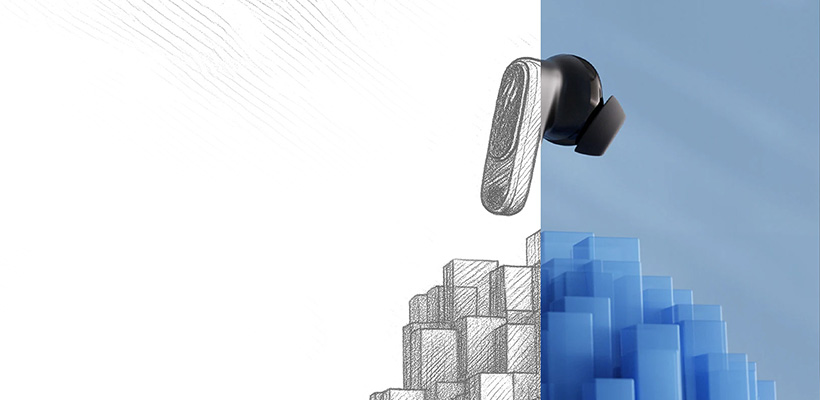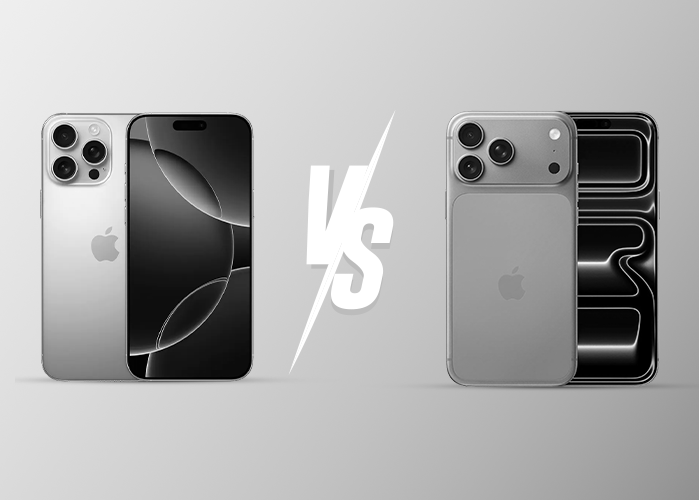S toryboarding is the process of sketching the sequences of a film/ animated film to depict what each scene would look like on screen. It’s essentially a blueprint of the film before the production process starts. They are also the most inexpensive way to develop the content for a movie.
Storyboarding is a crucial aspect in making films as well as anime, because people interpret a script in different ways. With a storyboard, it’s easier to communicate to know if everyone involved is on the same page about how each scene should appear on screen. In animation, a storyboard is used to develop the storyline.
There is no written rule on how to approach storyboards. Different directors, filmmakers, and 3D animators approach storyboarding in a way that works for them. Some would prefer to sketch down every shot of the film, while others treat it as a simple guide and leave something to the director’s imagination. Alfred Hitchcock was someone who drew every single detail in his storyboard. He crafted the movie as precisely as possible on his boards before the production began. He was a master of crafting boards.
Hitchcock said, "Everything is decided on paper… I think a film should be made on paper ahead of time”. Before the cameras even rolled, he had planned each scene through detailed storyboards, making sure every frame built up the suspense and tension. He also says that to be a great storyboard artist, you need to be a great storyteller.










Leave a comment